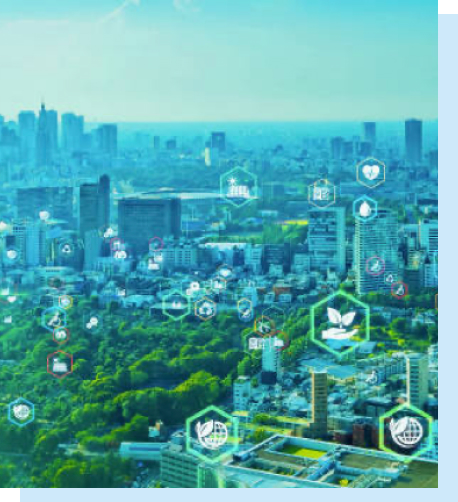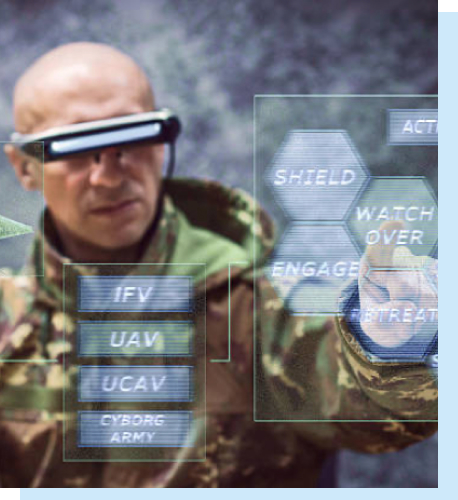
Smart Infrastructure
TGAC supports modernization. Beyond the need just to think smart, and have eco-friendly solutions, there is a need to modernize infrastructure. The need for Smart Infrastructure to modernize Cities and Military Bases is a requirement that must be fulfilled. Physical infrastructures such as: roads, public transportation, water supply, energy (gas, electricity, district heating) supply, telecom, lighting, waste and wastewater, buildings and city spaces, crime detection, Kiosk based information systems, street lights, etc, are part of the ecosystem of Smart Infrastructure.
The core characteristic that underlies these elements is that they are connected and generate data, which can be used via automation, to provide intelligence for optimum use of resources and improve performance.
Smart Cities
A Smart City is a municipality that uses information and communication technologies (ICT) to increase operational efficiency, share information with the public, and improve both the quality of government services and citizen welfare. ICT includes using automation, AI, ML, Sensors, Private Networks, 5G, WIFI, Satellite Communications, Cloud, Edge-Compute, LoRaWAN, Point to Point Microwave communications, etc, provide next-generation (NextG) reliable sustainable communications for smart cities.
A Smart City is designed to optimize residents’ quality of life by leveraging technology and integrating several essential functions like managing citizens’ data, intelligent transportation, public safety, logistics, disaster and recovery, security.


Smart Base
Military installations are the backbone of a country’s defense. The smart military base, also called, the Smart Base, is essential for mission readiness and efficiency. Through technology and strategy, a Smart Base revolutionizes and modernizes the management of energy, water, power, security, food services, logistics, maintenance, environment, buildings, telemedicine, and other services military base installations provide.
Like Smart Cities, Smart Bases require information and communication technologies (ICT). With a network of hyper-converge technologies that can include, 5G and satellite networks, deployed sensors, cloud/local edge application access, secure communication systems, sensors, drones, perimeter security, building access, etc., the smart base can be proactive, responsive, and agile to facilitate mission accomplishment, readiness, and deployment, anytime. ICT enables NextG solutions for military operations, while FutureG provides reliable, sustainable infrastructure for Smart Bases.
